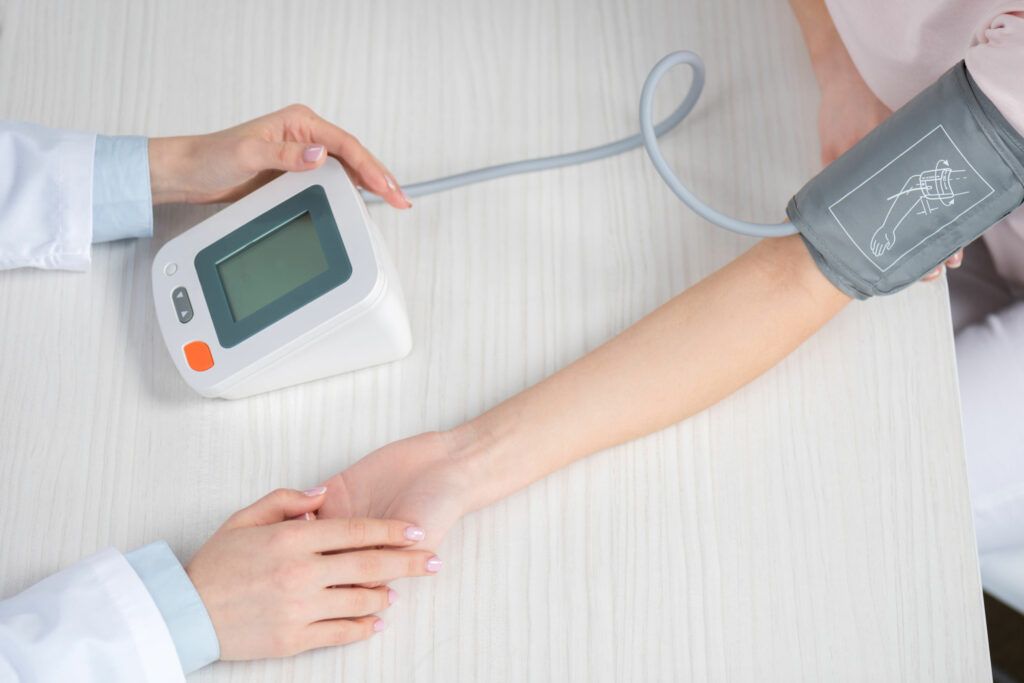Health Articles
Knowledge
High blood pressure in young adult part 2

High blood pressure in young adults. Part 2
As we have discussed to some length on high blood pressure in young adults, the cause for concern and the condition of patients that should be aware of high blood pressure in the previous articles, we would like to continue with patients suffering from high blood pressure concerning disease associated with hormone.
Different types of hormones have a link to blood pressure. In situation where there is an increase in certain types of hormone, it is possible that this can be the cause of high blood pressure. The disease from this group of patients is not common but often result in non-cancerous hormone producing tumor such as pituitary adenoma and adrenal tumors. Some tumor can be surgically removed to help lower blood pressure level or bring the level back to normal such as adrenal tumor which produce a hormone called aldoseterone in excess. This causes the kidney to store sodium salt and water in the body and screed potassium out through urine Therefore some patients have low potassium level in the blood which cause weak limps or lack of energy in muscle movement. People without observable signs might not think to check for potassium level in the blood but are highly recommend to do so.
A tumor occurs in automatic nervous system that produce adrenaline or a medical condition known as Pheochrmocytoma can causes sensation of heighten excitement, shocked, scared, stress, palpitations, cold sweats and feeling faint without external sources. This can be check through screening test of urine. An excess of Steroid or Cushing’s syndrome can symptoms such as weight gain, red and puffy cheek, skin prone to bruising and weak limps can also be check through urine
Thyroid disease, thyrotoxicosis and hypothyroidism can result in high blood pressure as well
The last group, arterial disease, which if occur in kidney can reduce the blood flow into one or both of the kidney can lead to renin being produce which cause the blood arteries to reduce in size and high blood pressure. This can diagnose through ultrasound testing. Coarctation of the aorta causes the blood pressure in the arms to be high than in the legs. Takayasu’s arteritis causes the blood pressure of one arm unequal to the other arm. To find out about this condition the blood pressure test needed to be taken from both arms.
In 90-95% of young adult with high blood pressure does not experience all the above mentions symptoms and signs but can still be treated with healthier food selection of high fiber and low fats, regularly aerobic exercise for at least 30 mins 3 times a week, reduction on alcohol consumption, reduction in sodium intake and increase in mineral and vitamins can help to fight against high blood pressure.














